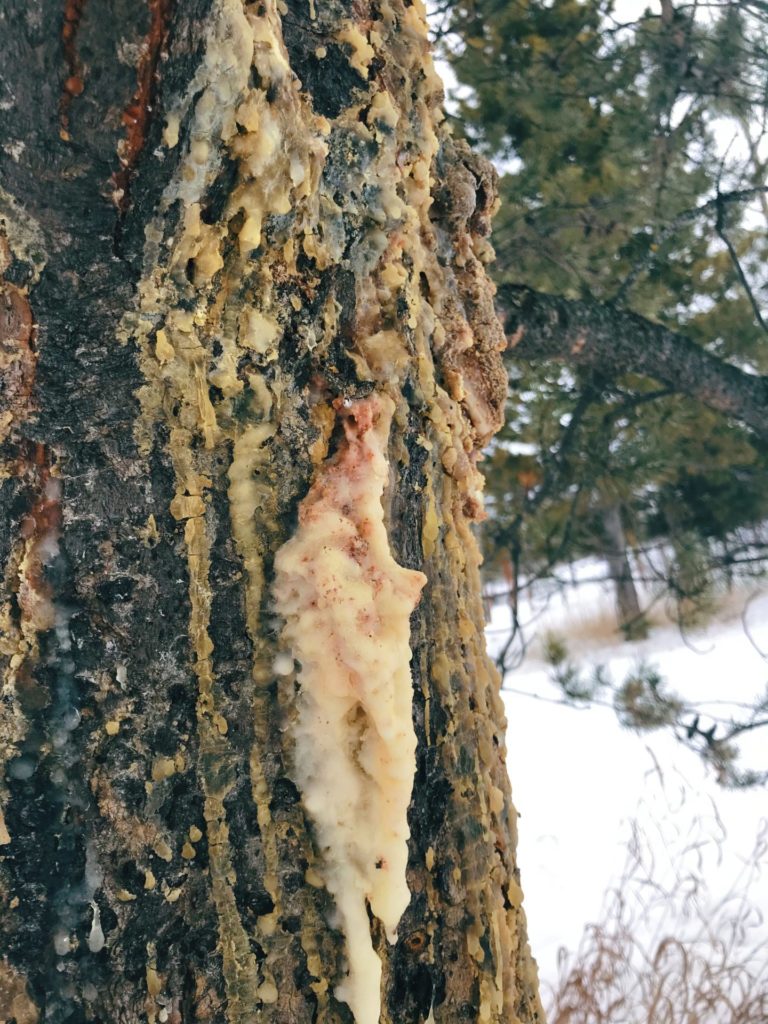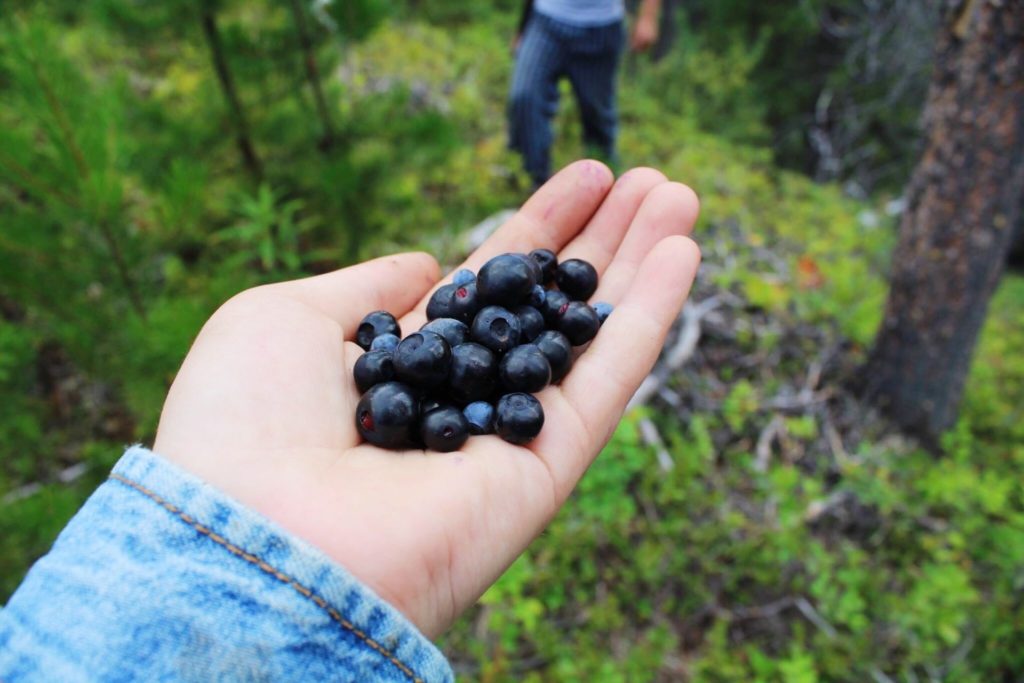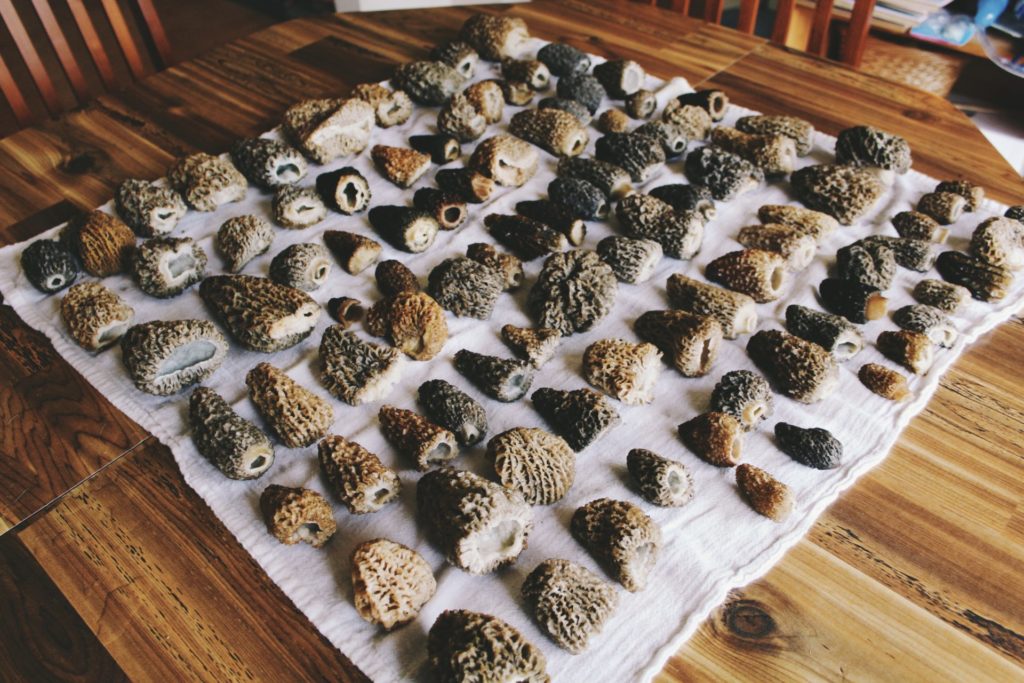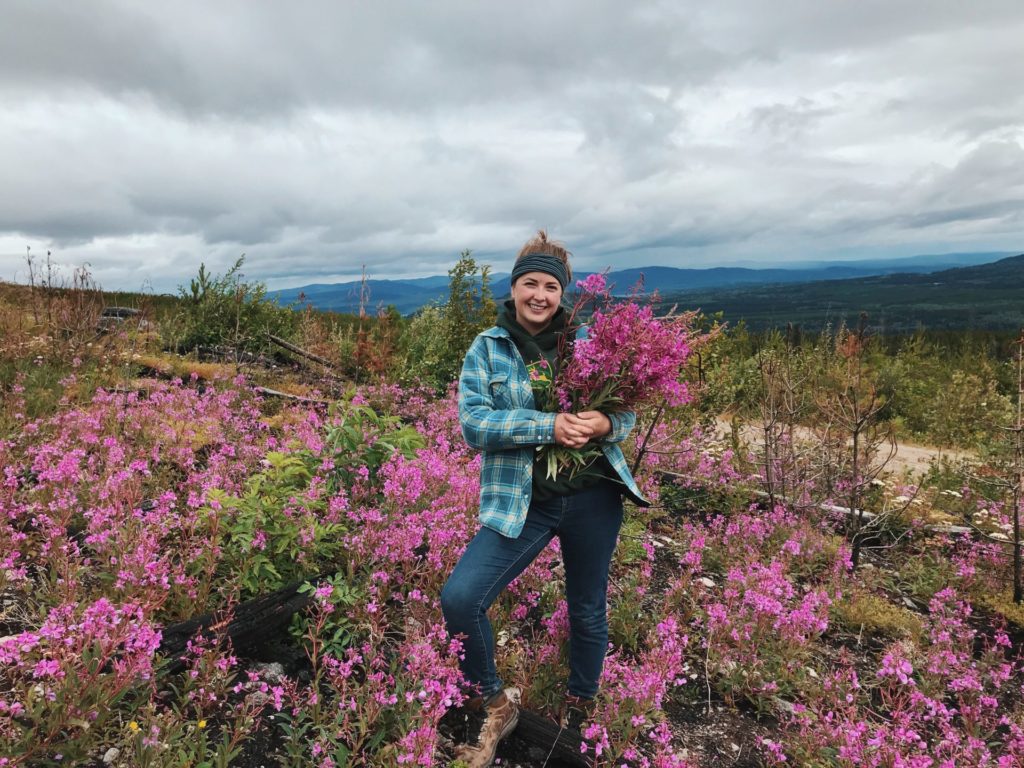Even in the dead of winter in northern British Columbia, there are a multitude of things that can be foraged and harvested from the outdoors. Rainbow trout, burbot and lake trout can be fished through the ice and snowshoe hare are open for hunting; while conifers can provide needles, bark and resin, or, in the case of birch trees, chaga.
Advertisement

While the scope of ethical foraging goes far beyond a short article on the Internet (for those looking to dive deeper into ethics in the outdoors, Aldo Leopold’s writing is a great place to start), there are a couple of basic ideas that can be easily carried with you while harvesting from the forest.
Use Sustainable Harvesting Methods
It’s human nature to be searching for the fastest way to get the most stuff. Instead, when you go out foraging, take this as a moment to slow down and be aware of your actions. For example, let’s look at berry picking. When picking by hand (versus using store-bought berry scoops) you can collect only the ripe berries and leave behind the ones that still need a bit of time to reach their peak. In this manner, you are able to extend the harvest window or leave behind plenty of berries for the wildlife, all while doing minimal damage to the plant.
Advertisement

Using sustainable harvesting methods could also include being aware of the time of year or day that you are harvesting to minimize the effects on the plant, utilizing the correct and properly cleaned tools, and being aware of sensitive ecosystems that you may be in – riparian areas, an area affected by wildfire, etc. Being respectful of the environment that you are a guest in is incredibly important.
Harvest Only What You Need
Having the ability to forage for wild foods and medicines is something truly special. Every year, we are provided the opportunity to harvest mushrooms and many different parts of plants based on what naturally regenerates in the wilderness. Those foods nourish not only us, but also the many species of wildlife that share the landscape with us. It can be easy to get carried away and want to bring home everything that you see – but it helps to be acutely aware of what you will actually use and consume in your day-to-day life and bring home only that.
Advertisement

A great example of this is my dad. He enjoys saskatoons with his morning oatmeal, so every season my parents head out to harvest berries. My dad knows exactly how many bags of saskatoons he needs to get through to the following year’s harvest of berries, so there are never any wasted or uneaten berries.
These are just a couple of things to keep in mind as a new season of foraging comes upon us. Winter is a good time to curl up with a book, research and learn about what plants you want to harvest in the upcoming year. Reach out to local outdoors clubs, friends or mentors who are often more than happy to introduce you to the world of foraging.
